

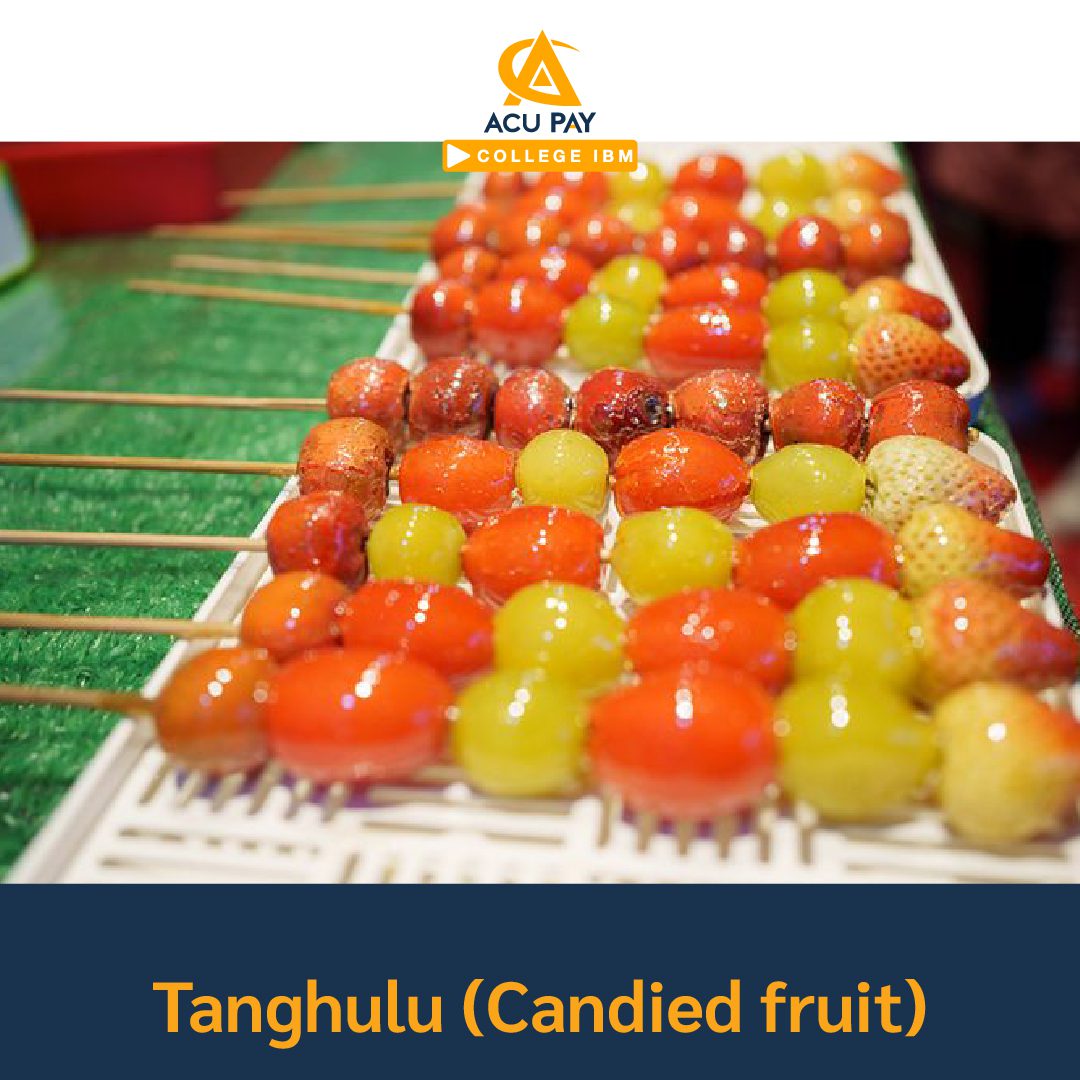
The hard sugar-coated fruit with a long stick is a dessert in northern China such as Beijing and Tianjin. During the Song Dynasty, it was used as a remedy for concubines in the palace by coating wild monkey apples with sugar. Later, the treatment spread to the villagers and became popular until it became a dessert up to this day.
Mostly, Tanghulu is made from seasonal fruits such as Sanja or fresh monkey apples. The outside has a sweet and crispy taste that contrasts with the sour taste of the fruit inside. It skewers on wood sticks in order of size, making it look like a gourd. The word “Hu Lu” is also a homophone with the word “Hok Lok Xiu” which is considered a dessert that symbolizes prosperity and good fortune.
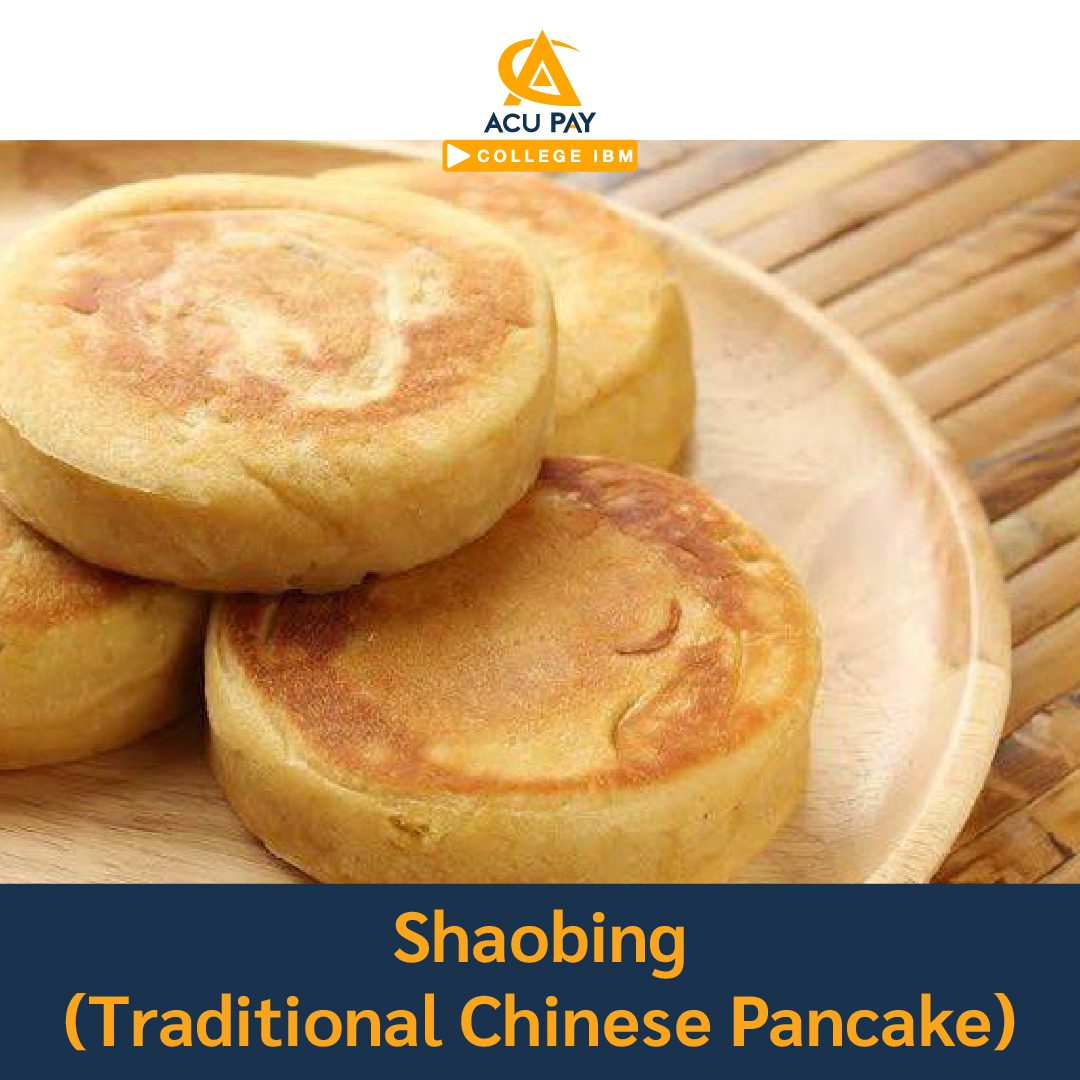
Shaobing or Traditional Chinese Pancake is an ancient Chinese dessert. The pancake is made of fermented flour mixed with minced yam, stuffed with soybean paste and mashed taro, press the pancake till it is thin and then fry it.
Shaobing is a popular menu during the Vegetarian Festival because it contains no milk, eggs, or meat.
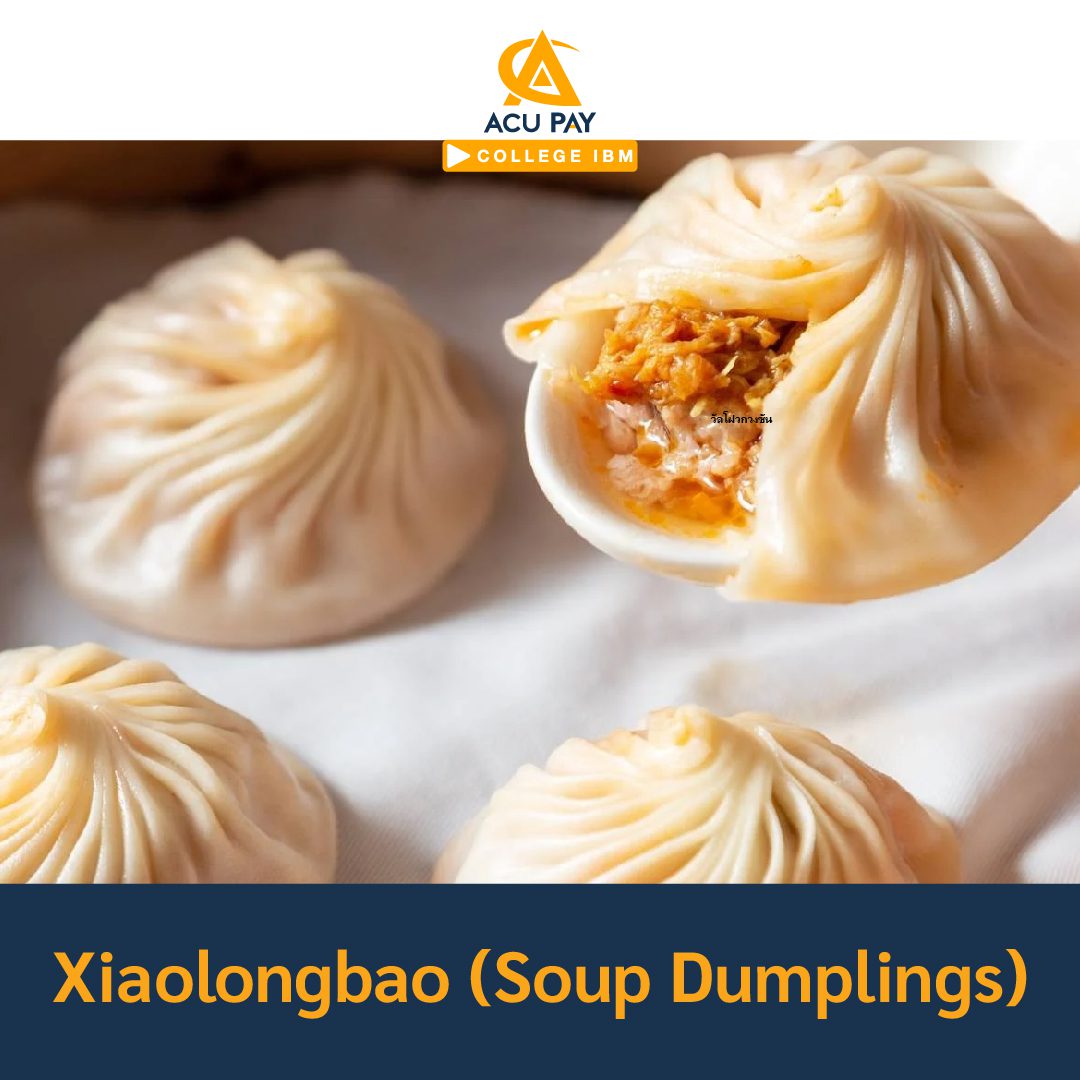
The most popular Dim Sum dish in southern China which is originated in the Northern Song. Formerly, it was a big steamed dumpling stuffed with soup inside called Tang Bao. However, when the royal court fled from the Mongols to the south towards Hangzhou, Tang Bao became popular. Later, it was resized to be smaller and called Xiaolongbao.
The highlight of Xiaolongbao is the soup that is intensely stewed, cooled down to jelly, and mixed with the fillings. When it is exposed to the heat from steaming, the jelly soup will melt into a hot delicious soup.
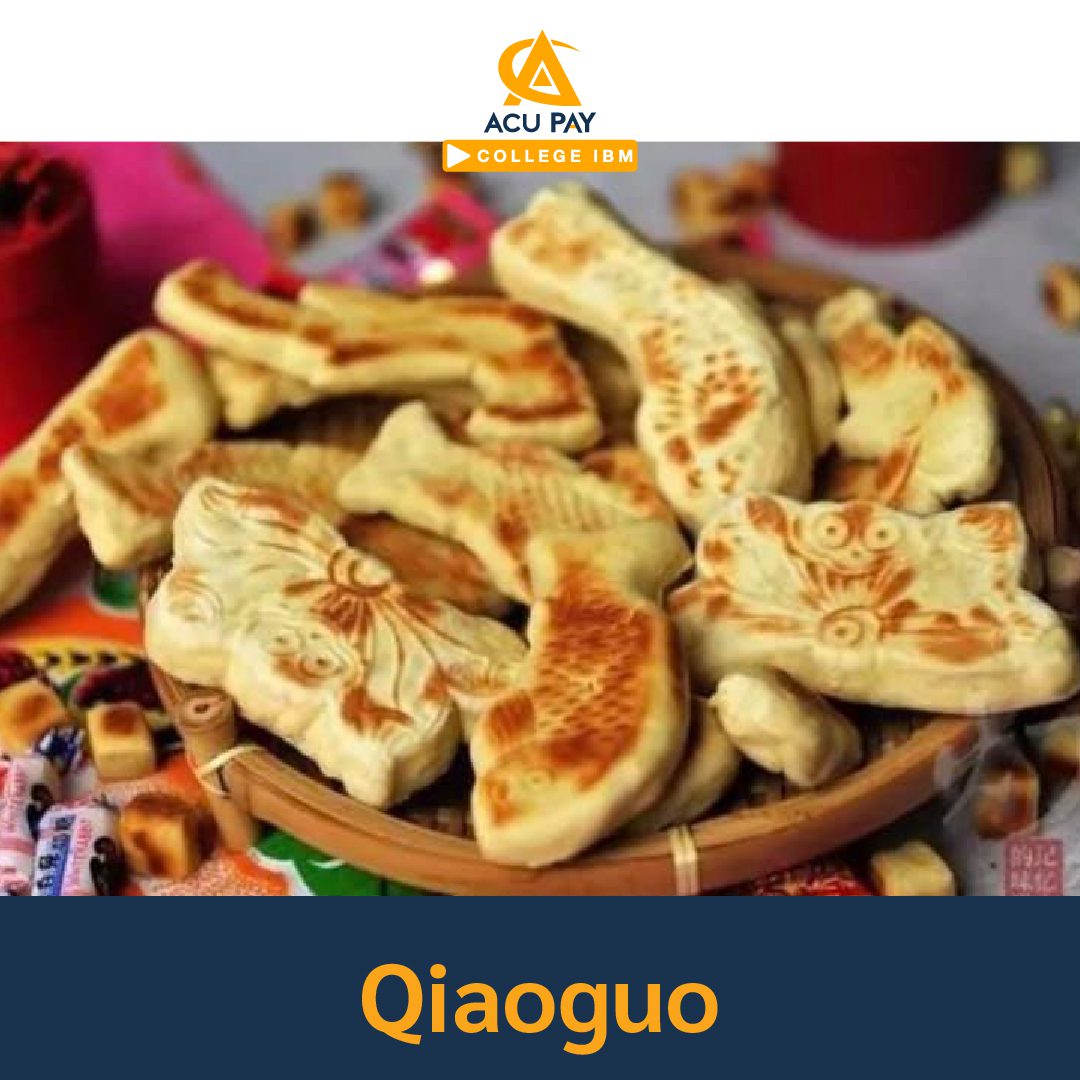
It is a Shanghai local dessert made of wheat flour. This dessert is popular during the Qixi Festival because its appearance of it similar to 7 arches and 8 bendings. There is a tradition for new-wed women to visit their parents on the 7th day of the waxing moon of the 7th lunar month, which is called Qiao Day or a day of intelligence. Wives will make Qiaoguo for their husbands because it is believed that it will make people more intelligent and smart.

There are two types of Chinese Gumpate. The first type is to draw sugar that is chewed into various dragon shapes. When it freezes, it will be a sugar candy with beautiful patterns. It is popular in the southern part of Sichuan Province. The second type will be shaped like Thai Gumpate. It will be molded into various characters and stuck with wood. This molded sugar is often found in many Chinese series and novels.
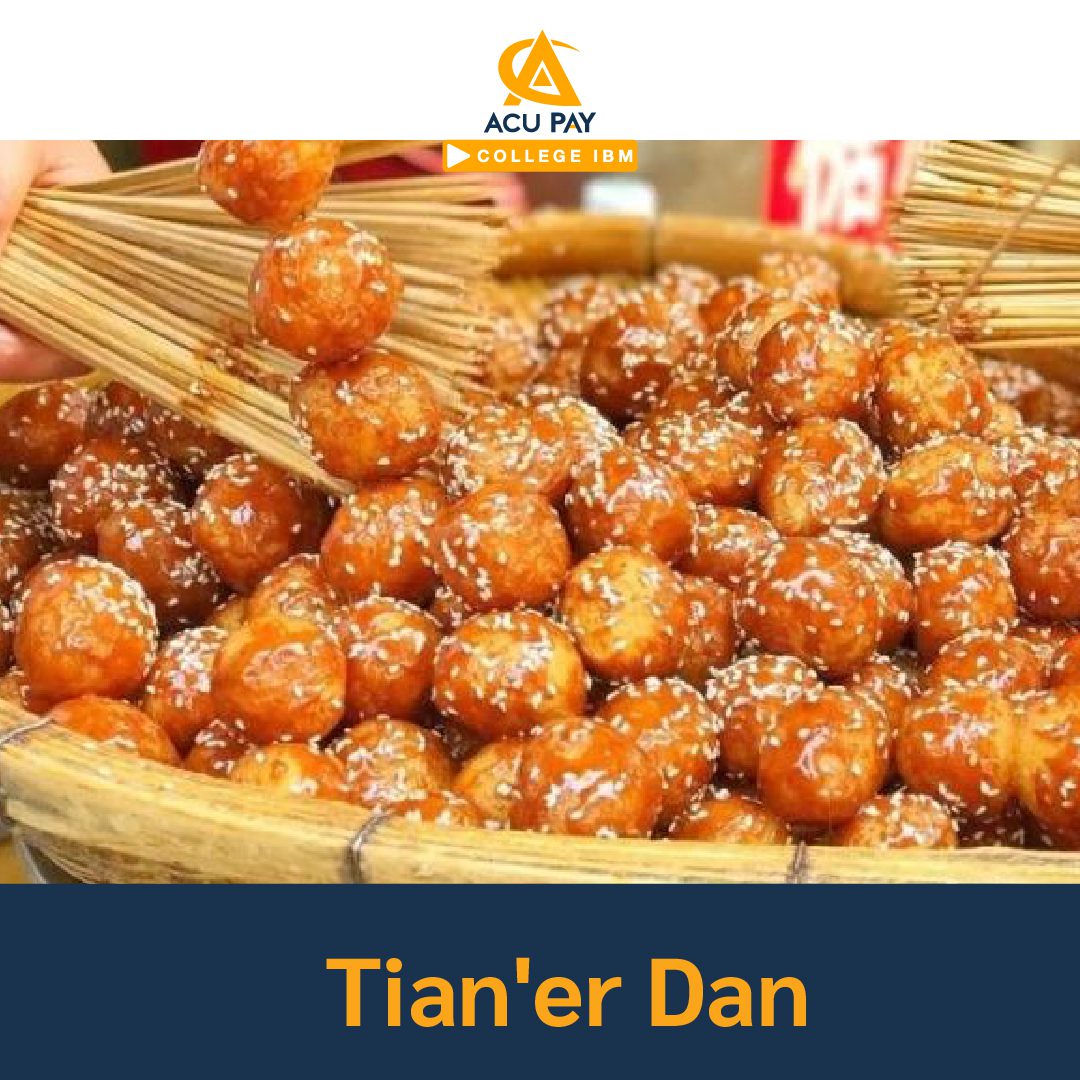
The dessert is famous in Chengdu, Sichuan Province. This snack is made from glutinous rice flour coated with sugar, sprinkled with sesame, and then put into a stick. This snack is mentioned in the Chinese novel called Eternal Love.

Special recipe snacks from Xian Yang, Shanxi, Hubei, Tianjin, and Hunan Provinces. Mahua has a special characteristic because of its two or three lines of flour, twisted together and fried. There are many flavors, including salty, honey, and pepper salt.
This candy is found in the Chinese novel Making Love Tied to the Heart. The dough line of the Mahua is like a parallel world that curls in a spiral but never can be combined into one.
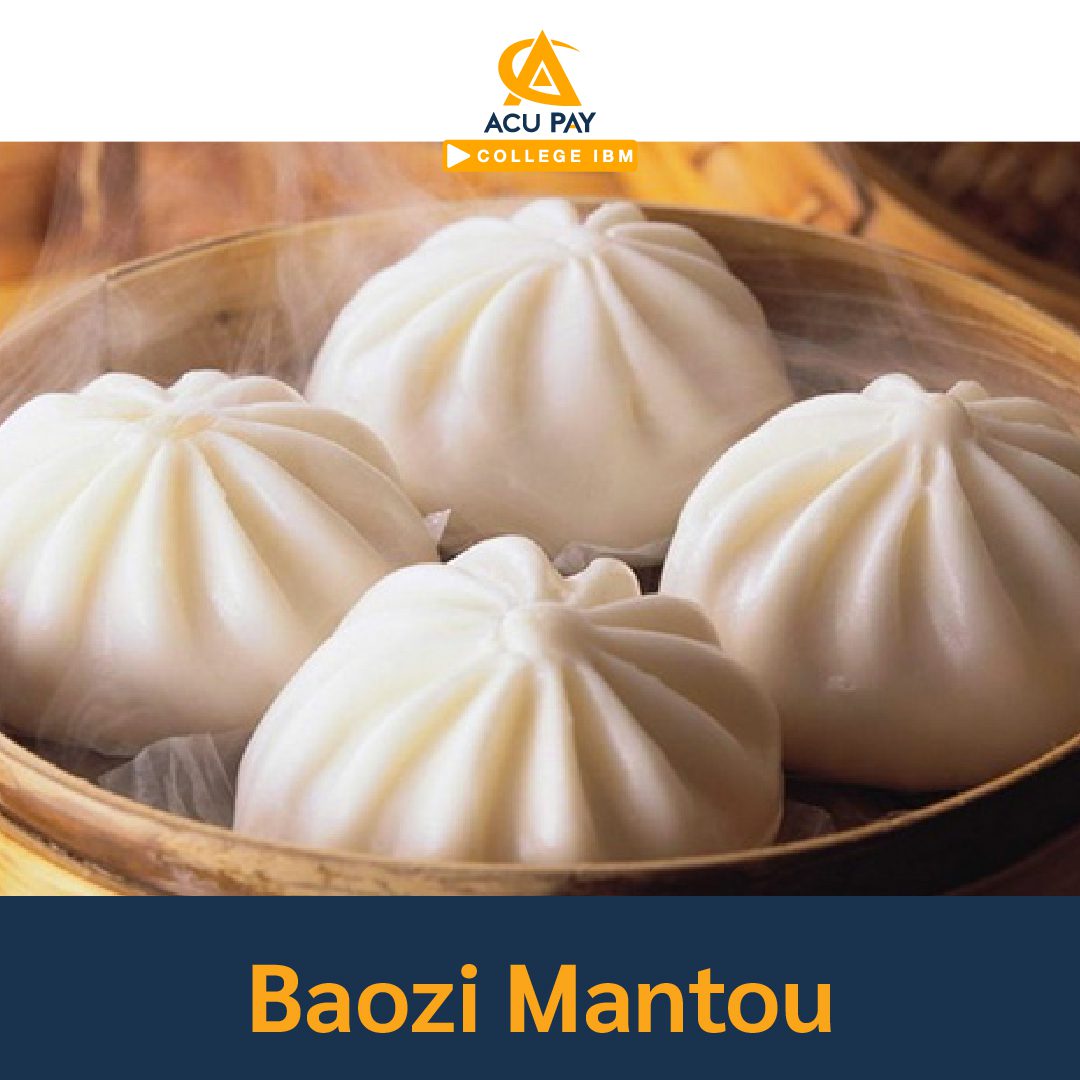
It is a soft white steamed bun made of wheat flour and yeast. Chinese people mainly eat it as a snack or breakfast. It is often sold in roadside shops and restaurants. Baozi is steamed dough with various fillings, but Mantou, which is similar to Baozi, will not be stuffed with any fillings.
In the Romance of the Three Kingdoms, ‘Mantou’ was a dough that represented a person’s head. It was made as a demon sacrifice representative of ‘Mantou’ or ‘Head of the Nan Man’ so that the army could cross the river safely.
If you have ever heard of any Chinese dessert and would like to know what that dessert is, you can leave a comment!
References from

ให้ทุกเรื่องการเงินเป็นเรื่องง่าย เริ่มต้นวันดีๆ ไปกับเรา MAKE A GREAT DAY WITH ACU PAY